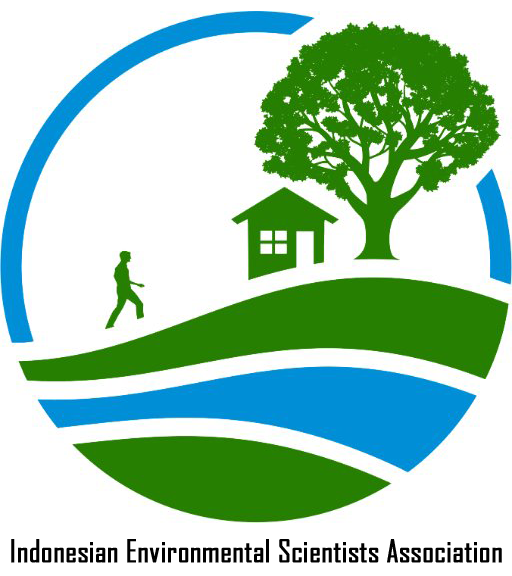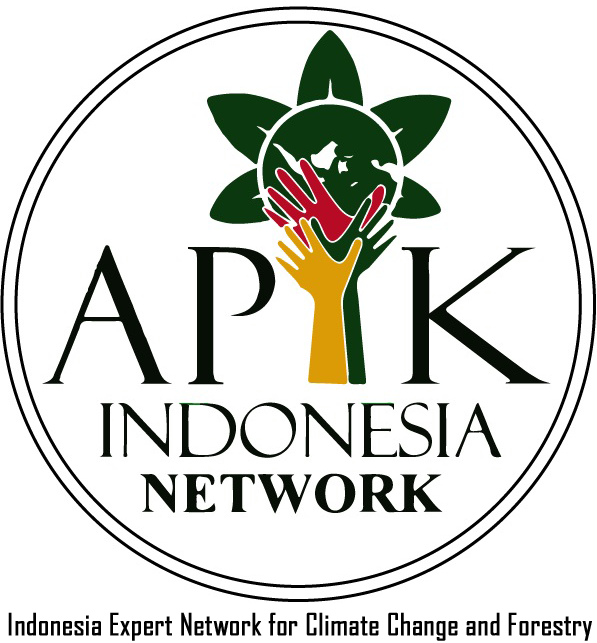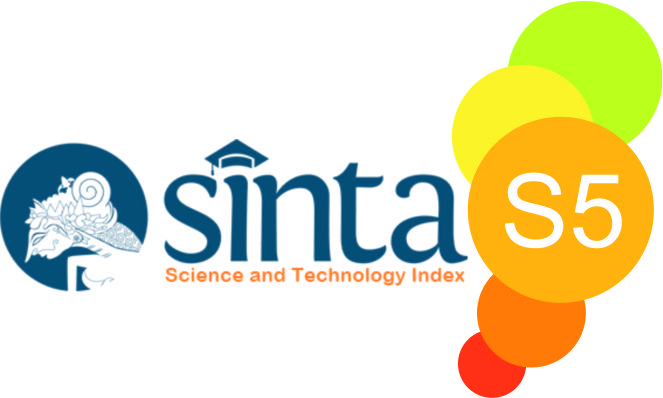Alternative Technologies for Marine-Coastal Environment Debris Monitoring: A Review
Abstract
Keywords
Full Text:
PDFReferences
J.Boucher and D.Friot, Primary Microplastics in the Oceans: a Global Evaluation of Sources, C. G. L. a. J. M. d. Sousa, Ed., International Union for Conservation of Nature and Natural Resources (IUCN), 2017.
C.Lassen, S.F.Hansen, K.Magnusson, F.Noren, N.B.Hartmann, P. Jensen, T.G.Nielsen and A.Brinch, Microplastics Occurrence, effects and sources of releases to the environment in Denmark, Copenhagen: The Danish Environmental Protection Agency, 2015.
T. U. N. E. P. (UNEP) and N. O. a. A. A. (NOAA), “The Honolulu Strategy: A global framework for the prevention and management of marine debris,” 2011.
L. Milios, A. Davani and Y. Yu, “Sustainability Impact Assessment of Increased Plastic Recycling and Future Pathways of Plastic Waste Management in Sweden,” Recycling, vol. 3, no. 33, 2018.
U. N. E. P. (UNEP), “Understanding the State of the Ocean: A Global Manual on Measuring SDG 14.1.1, SDG 14.2.1 and SDG 14.5.1,” 2021.
L.M.Rios, P.R.Jones, C.Moore and U.V.Narayan, “Quantitation of persistent organic pollutants adsorbed on plastic debris from the Northern Pacific Gyre’s “eastern garbage patch,” J Environ Monit, vol. 12, no. 12, pp. 2226-36, 2010.
P. S. Fontation, “https://www.plasticsoupfoundation.org,” [Online]. Available: https://www.plasticsoupfoundation.org/en/plastic-problem/what-is-plastic/monomers-and-polymers/.
F.Galgani and et.al, “Are litter, plastic and microplastic quantities increasing in the ocean?,” in Microplastics and Nanoplastics, 2021.
“Plastic Pollution Causes, Facts & Figures,” https://sloactive.com/plastic-pollution/, April 2021. [Online]. Available: https://sloactive.com/plastic-pollution/. [Accessed September 2021].
GRID-Arendal, “Pathways and fluxes of plastics into the oceans’. Cartographer: Maphoto/Riccardo,” 2016. [Online]. Available: https://www.grida.no/resources/6921.
L.Lebreton, B.Slat, F.Ferrari and e. al, “Evidence that the Great Pacific Garbage Patch is rapidly accumulating plastic,” scientific reports, 2018.
P.S.Hernanz, J.Bauz`a, C.Alomar, M.Compa, L.Romero and S.Deudero, “Assessment of marine litter through remote sensing: recent approaches and future goals,” Marine Pollution Bulletin, vol. 168, 2021.
R.Garello, H.P.Plag, A.Shapiro, S.Martinez, J.Pearlman and L.Pendleton, “Technologies for Observing and Monitoring Plastics in the Oceans,” IEEEXplore, 2019.
W.C.Li, H.F.Tse and L.Fok, “Plastic waste in the marine environment: A review of sources, occurrence and effects,” Science of the total environment, Vols. 566-567, pp. 333-349, 2016.
S.F.Shaikh and M.H.Hussain, “Marine IoT: Non-invasive wearable multisensory platform for oceanic environment monitoring,” in 2019 IEEE 5th World Forum on Internet of Things (WF-IoT), April 2019.
G.Xu, Y.Shi, X.Sun and W.Shen, “Internet of things in marine environment monitoring: A review,” Sensors, vol. 19, no. 7, p. 1711, 2019.
C.Dufau, M.Sutton, B.Robert, S.Routaboul, M.Lucas, N.Longépé and N.Granier, “Satellite Solutions for Tracking Litter & Plastic Pollution in the Ocean,” in IEEE Xplore, 2019.
D.Menaka and S.Gauni, “Ocean of Things: Marine Environment Monitoring using Discriminatory Model,” in Journal of Physics: Conference Series, July 2021.
P. Europe, “Plastics – the Facts 2019. An analysis of European plastics production, demand and waste data,” 2019. [Online]. Available: https://www.plasticseurope.org/application/files/9715/7129/9584/FINAL_web_version_Plastics_the_facts2019_14102019.pdf. [Accessed August 2021].
DOI: http://dx.doi.org/10.33021/jenv.v6i2.3381
Copyright (c) 2021 Mia Galina, Cutifa Safitri

This work is licensed under a Creative Commons Attribution-ShareAlike 4.0 International License.
Journal of Environmental Engineering and Waste Management Published by PresUniv Press, in collaboration with IESA and APIK Indonesia Network




